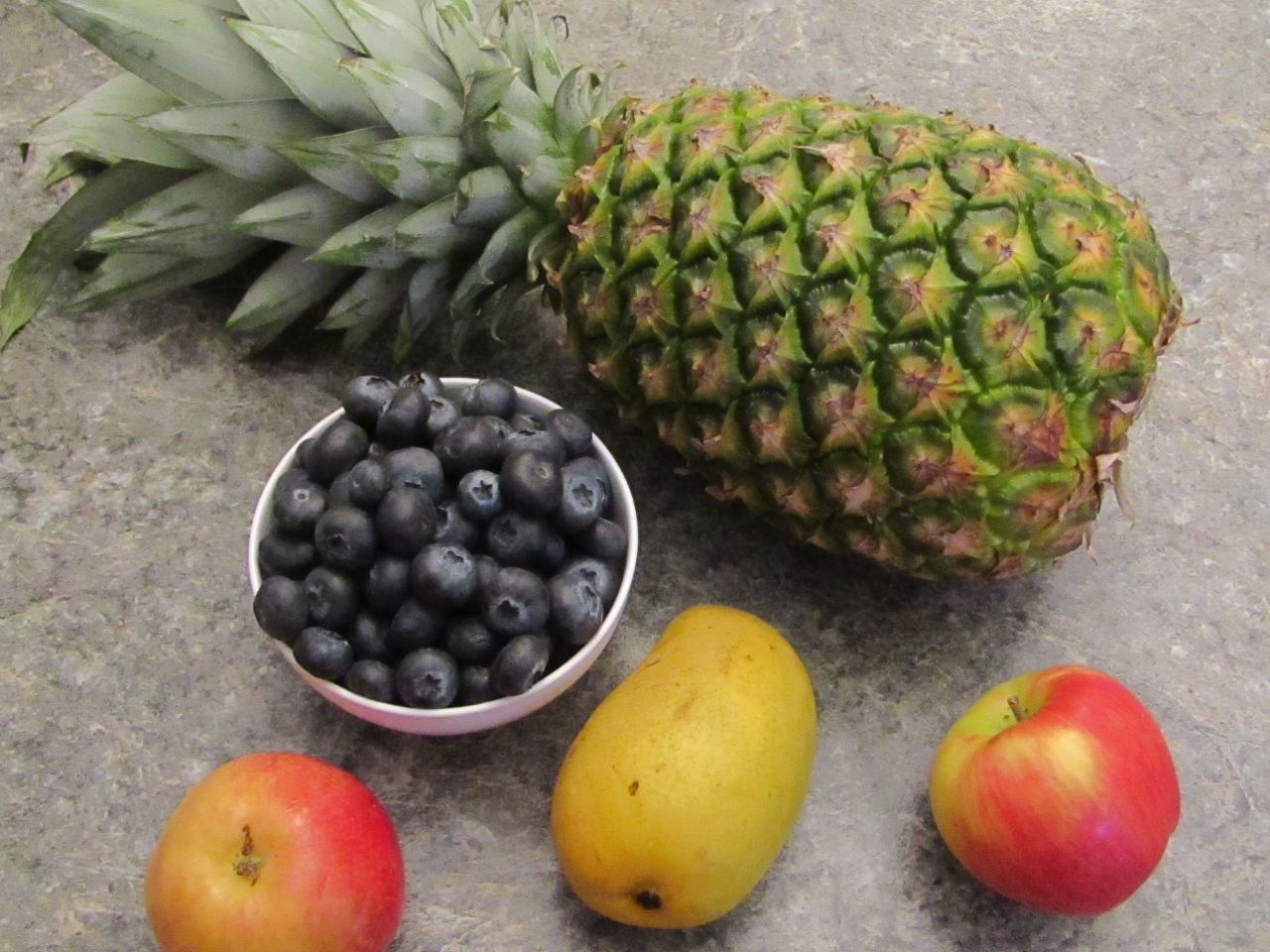This post contains affiliate links.
Vinegar has been made from a variety of sources from grapes to grains and everything in between and depending on the application, time restrictions and what you want the vinegar for will determine the best type of fruit to use. Since fruit can be easily made into vinegar in a number of ways (for a simple vinegar recipe click here) it is important to narrow your options before beginning.
Naturally sweet fruits like apples, grapes and mangos make great vinegar as the sugar in the fruit will ferment readily and quickly begin to produce acetic acid when exposed to oxygen. Use only fully ripe fruit as they contain the most sugar providing enough energy to produce acetic acid.
Some fruits which are not highly sweet like blackberries, strawberries and kiwis can still be made into vinegar with some amelioration and can provide good alternatives for vinegar making when you want something a little different.
What is the easiest type of fruit for making vinegar?
When making vinegar as a beginner, choosing the easiest method is usually the best. Therefore your choices for making vinegar can be made by the simplest recipe with equipment anyone has. The simplest recipe requires only one piece of equipment, a jar and a cloth cover and one ingredient, fresh fruit juice.
The easiest type of fruits to use for vinegar are hard fleshed with a high sugar content. Apples, mangos and pineapple are good options so long as they are fully ripe and are not damaged. These fruits can be made into juice easily and fermented into vinegar without additional steps.
The benefits of using this type of fruit is that all it needs is to juice the fruit and then let it ferment into vinegar (for step by step instructions click here). Vinegar is often made by accident while trying to make other fermentations so it is not hard to make when you set out to make it. Vinegar is the result of acetic acid bacteria growing in a sugar and oxygen rich environment.
What is the best tasting fruit for homemade vinegar?
This goes to personal choice rather than a definitive answer as everyone has different preferences and flavor profiles they like better than others. That said there are some types of fruit which do make great tasting vinegar and some which need amelioration.
Popular fruit vinegars include apple cider, grape, mango and pineapple. These are easy to make and provide with interesting flavors which can vary depending on the batch. Fruits which can easily mold like blackberries and blueberries make good vinegar but they need to be fresh.
Strawberries are difficult to make good vinegar with as they are a heavily sprayed crop so unless you grow your own strawberries in large enough quantities to have extra you may find them hard to ferment and if you used store bought strawberries the vinegar may have a chemical flavor which lingers in the vinegar.
When making good tasting vinegar it is best to start with quality ingredients instead of using leftovers or degraded fruit. Vinegar tends to concentrate flavors so if the fruit was a little off then it will be reflected in the finished vinegar.
What fruit will make vinegar the fastest
When trying to make vinegar fast it the method used is more important than the ingredients as the growth of the acetic acid bacteria is more dependant on its oxygen supply than anything else which is why methods like the Orando method, bottom aeration and vigorous stirring reduce the time it takes for the pH of the liquid to drop below a pH of 3.0.
Fruit that makes vinegar the fastest starts out with a lower pH at the outset. Fruits like pineapple, blueberries and grapes are high in sugar and start out with a pH below 4.0. By starting with a lower pH the acetic acid bacteria will have to produce less acetic acid to get the liquid below 3.5.
Since acetic acid bacteria are acid tolerant they will have no problem lowering your vinegar to below a pH of 3.0. Once it reaches 2.5 it will be very acidic, making it hard to use in dressings, shrubs as the flavor will be lost to the higher acid levels. If you want to make vinegar quickly be sure to use it just as fast as it may become unsuitable for culinary use and be relegated to glass cleaner.
Other fruits will make vinegar quickly by using one of the above methods which are all focussed on aerating the liquid to feed the acetic acid bacteria. Keep in mind that although these methods will produce vinegar quickly they may not be the best tasting vinegar. Slower methods of making vinegar involve a wider range of bacteria and yeast which produce a variety of flavors which add depth to your vinegar.


